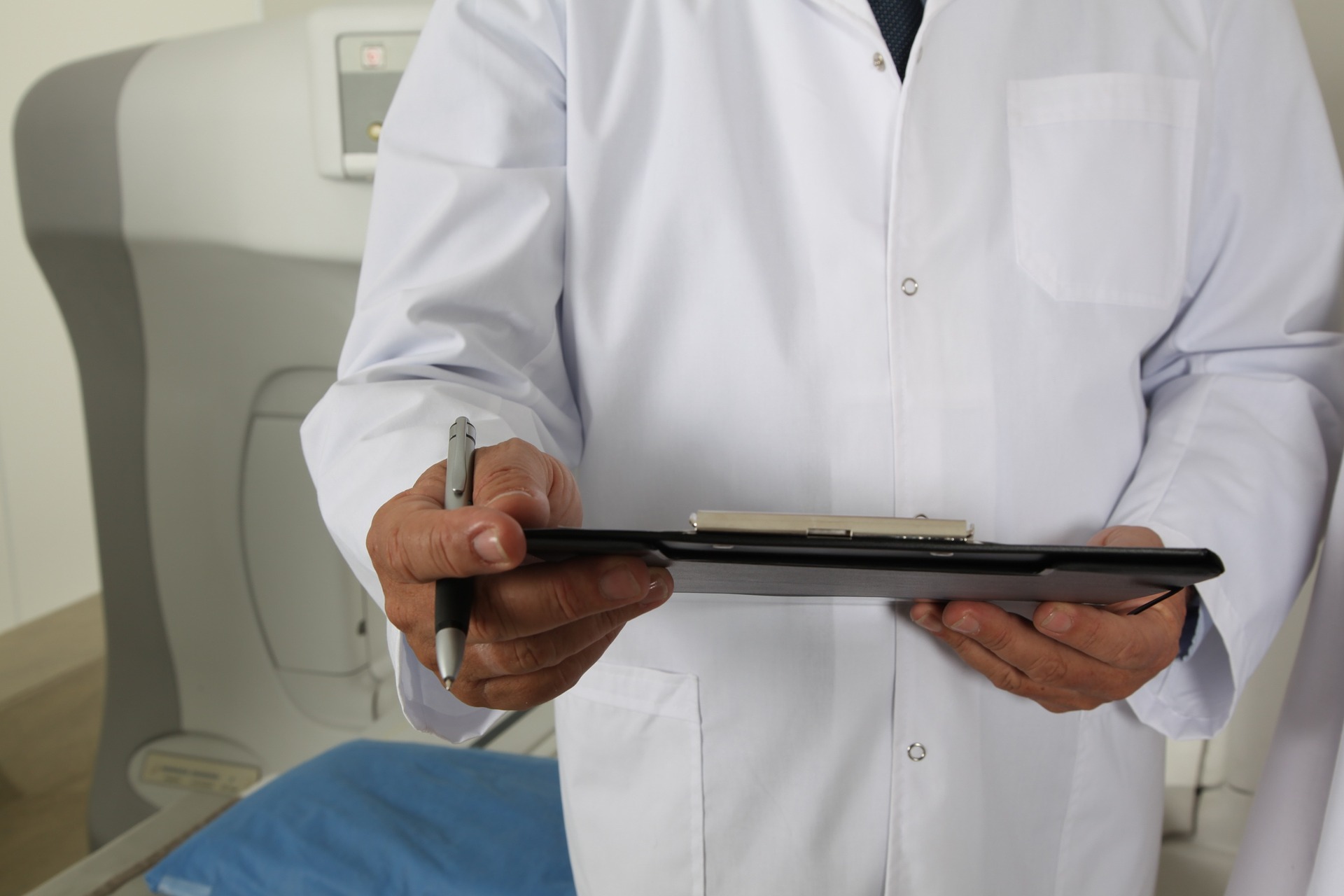Medical Debt and Bankruptcy

The link between medical debt and bankruptcy has become surprisingly controversial over the past decade. In 2005, then-Harvard-Law-Professor Elizabeth Warren published a study concluding that about half of U.S. personal bankruptcy filings were triggered in part by medical expenses. An update published four years later put that number even higher.
Quibbling over those conclusions began almost immediately and hasn’t slowed. In 2018, a study from the economics departments of the University of California Santa Cruz, the Massachusetts Institute of Technology and Northwestern University directly disputed Warren’s conclusions, determining that just 4% of U.S bankruptcies were caused by medical costs. Of course, “caused” and “contributed to” are very different concepts, and other differences in demographics and definitions arguably explains the differing conclusions, so the debate is on again.
It seems, however, that experts caught up in debating whether medical debt contributes to more than half of consumer bankruptcy cases or causes “just” 4% of those cases somewhat miss the point.
Recent Bankruptcy Statistics
Bankruptcy filings have dropped steadily over the past several years. Still, more than 765,000 individuals and married couples filed for bankruptcy protection in 2017. Accepting the much more conservative 4% figure set forth in the recent study, that means medical expenses pushed more than 30,000 people into bankruptcy in 2017. Warren’s numbers would put that figure in the hundreds of thousands, but both calculations lead to identical conclusions: medical debt presents a significant problem for a significant number of Americans.
Medical Debt in America
According to the Urban Institute, 18% of American households have at least one medical debt in collections. In Nevada, that number is significantly higher: 25% of households have at least one past-due medical bill.
Some of those struggling with medical debt are uninsured. From 2013 to 2016, medical insurance coverage increased in the United States. Beginning in 2016, that trend reversed, resulting in a net increase of about four million uninsured Americans. But, even those with medical insurance coverage often struggle with medical debt.
In response to a survey by the Kaiser Family Foundation and the New York Times, about 20% of working-age Americans with health insurance reported having difficulty paying medical bills, compared with 53% of the uninsured. In fact, medical insurance may contribute to financial problems: about 1/3 of insured adults responding to a later Kaiser survey said they had trouble paying their premiums.
The impact of unmanageable medical debt impacted many areas of life for both the insured and uninsured. Insured respondents struggling with medical debt reported:
- Delaying vacations or major household purchases (77%)
- Spending less on food, clothing and basic household items (75%)
- Using up most or all their savings (63%)
- Taking an extra job or working more hours (42%)
- Increasing their credit card debt (38%)
- Borrowing money from family or friends (37%)
- Changing their living situation (14%), and
- Seeking the aid of a charity (11%)
While some of these cutbacks are reasonable sacrifices for an individual or family to make when a large unexpected expense crops up, solutions like using up savings, increasing credit card debt, and relying on charities obviously make a household less stable. And, when these measures are widespread, the impact reaches beyond individual households.
Exploring Options for Medical Debt
Many people facing overwhelming medical debt make the mistake of doing nothing. Medical facilities—particularly hospitals—often have assistance programs that can reduce or even eliminate debt. And, many offer payment plans. However, the opportunity to apply for assistance or enter into a manageable payment plan may be lost if the debt goes to collections. Inquiring about your options should always be the first step.
Think twice about paying large medical bills with credit cards or home equity loans. Either can significantly increase the total amount you pay, and a home equity loan or line of credit puts your home at risk if you continue to have trouble keeping up payments.
Can Bankruptcy Eliminate Medical Debt?
Medical debt is typically unsecured, which means that it can generally be discharged (wiped out) in Chapter 7 bankruptcy. Not everyone is eligible to file for Chapter 7 bankruptcy, but people with large medical bills, income at or below the median for their state and few assets usually qualify.
For those who don’t qualify for or don’t want to file Chapter 7 bankruptcy, Chapter 13 may provide an alternative solution. In a Chapter 13 bankruptcy case, you pay all or a portion of past-due debt over a three-to-five-year plan. The Chapter 13 plan takes the pressure off, stops mounting late fees and others charges that can make it difficult to pay down debt, and stops debt collection efforts. If the plan is completed successfully, any medical debt and other unsecured debt remaining after the last payment may be discharged.
If you’re struggling with medical debt and unsure whether bankruptcy might be the right solution for you, contact Freedom Law Firm to schedule a free consultation.
